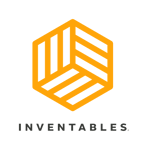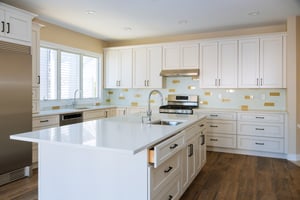Designing cabinetry for small kitchens can be challenging, but it also provides a unique...
Labor vs Materials: Balancing Costs in Cabinetmaking

When it comes to cabinetmaking, two significant cost elements often dominate the conversation: labor and materials. Both are crucial for producing high-quality cabinets, yet they also represent the biggest drains on your budget. Striking a balance between these two cost factors is essential for a successful and profitable cabinetmaking business. In this blog, we'll explore how you can effectively manage labor and material costs to achieve a win-win outcome for both you and your clients.
Labor Costs: The Skill Premium: In a craft as specialized as cabinetmaking, labor doesn't come cheap. Whether you're paying skilled employees or allocating your own time to a project, the following factors can significantly affect labor costs:
Hourly Rates: The skill level required for cabinetmaking usually commands higher hourly rates.
Efficiency: The faster and more efficiently a project is completed, the less you'll spend on labor.
Quality: Skilled laborers may command higher rates, but they often produce better work that can command higher prices.
Material Costs: The Quality Quandary: The materials you choose play a critical role in the final quality and appearance of your cabinets. But high-quality materials also come with high costs. Key considerations include:
Type of Wood: Hardwoods like oak and maple are more expensive than softer woods like pine.
Hardware: High-quality hinges, knobs, and slides can add up.
Finishes: Paints, stains, and sealants also contribute to material costs.
Balancing Act: Labor vs Materials: Striking the right balance between labor and materials is a bit of an art form:
Bulk Buying: Consider purchasing materials in bulk to get a discount, but make sure storage costs don't negate your savings.
Automate Where Possible: CNC technology can reduce the labor hours needed for cutting and assembling, thereby saving costs.
Skilled Labor: Investing in skilled labor can be a wise decision if it results in high-quality work that commands higher prices.
Enter CNC Technology for Cost Estimation: Advanced CNC software can offer significant advantages in cost estimation:
Material Optimization: Advanced algorithms can help you make the most of your materials, reducing waste and lowering costs.
Time Estimation: CNC software often comes with time estimation features, helping you accurately assess how long a project will take.
Conclusion: A Balanced Approach to a Profitable Business: Managing labor and material costs effectively is crucial for the profitability of your cabinetmaking business. CNC technology offers an efficient way to balance these two significant cost factors, allowing you to produce high-quality cabinets at competitive prices. By paying close attention to both labor and materials, you can find a balance that delivers quality to your clients while keeping your business financially healthy.
To help keep material costs down and precision at it's finest, please check out Inventables' X-Carve Pro, and Easel Cabinetmaker software.



